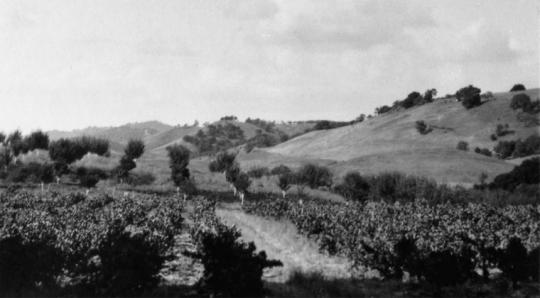Migrant Labor and the War Effort

The start of World War II not only channeled the able-bodied Americans into the Armed Forces, it forced the Japanese-Americans who provided much of the contract labor for agriculture into relocation camps and created a labor vacuum. Women and children pitched in, but Sonoma County's prunes and apples were in danger of rotting on the trees, the hops of being left to dry on the vine. The first crisis, in 1942, was met with an emergency Department of Agriculture program to import Mexican Nationals. The Mexicans, many of them campesinos accustomed to hard work, were excellent field hands. The Bracero Program, as it came to be known, was so successful that workers with ‘green cards’ remained a permanent labor alternative for growers when the war ended in 1945.
— LeBaron, Gaye. “From the Crisis of the ’40s Came Our Fiestas y Fútbol.” Santa Rosa Press Democrat, June 21, 1987.

